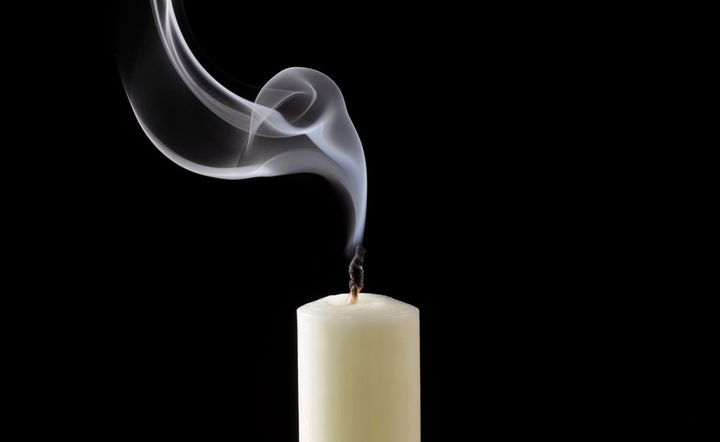
It sounds like something that Harry Potter might have bought himself as a reward for defeating the most powerful dark wizard who ever lived -- a car powered by candles.
The new discovery, by Chandra Shekhar Sharma and Manohar Kakunuri of the Indian Institute of Technology Hyderabad, India, doesn’t quite involve putting actual candles under the hood of a car. But it does describe how combining two very different innovations could help combat a force even darker than Voldemort: pollution and global warming caused by gas-burning vehicles.
Candle soot, a simple and inexpensive material, might be able to power batteries used in plug-in hybrid electric cars, Sharma and Kakunuri have discovered. Sharma was intrigued by candle soot since a 2011 study revealed that it repelled water. On a whim, he and his team tested the soot to see how well it conducted electricity.
What the researchers found surprised them: electric currents traveled more efficiently through candle soot than they did through most of the carbon materials that are currently used in commercial batteries. The soot contains interconnected carbon nanoparticles that are well-suited as a conducting material for a powerful battery, and a huge amount of them can be produced by doing nothing more sophisticated or elaborate than burning a candle.
This doesn’t mean that you’ll be able to run your car off of candles -- at least, not any time soon -- but the implications are exciting. Electric cars are very expensive, and the batteries are a big part of the reason behind that. In 2013, Alan Mulally, who was then CEO of Ford, let slip that the battery packs for his company’s Focus electric car cost between $12,000 and $15,000 apiece. Batteries are also time-consuming to build and don’t last very long.
For years now, scientists around the world have been racing to invent a more powerful and cheaper battery. As Andrew C. Revkin put it in The New York Times, “The stakes are simple, and enormous. A cheap, capacious battery is widely seen as a linchpin to a new clean-energy economy in which mobility and electricity are no longer reliant on fossil fuels.”
The study is a breakthrough in “exploring the full potential of candle soot,” Sharma wrote in an email to The Huffington Post. But he seems to be underselling it: It could also mark an important step towards making electric cars available for the masses.
Also on HuffPost:
